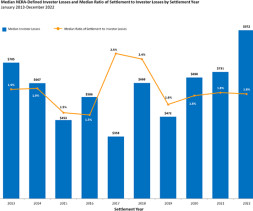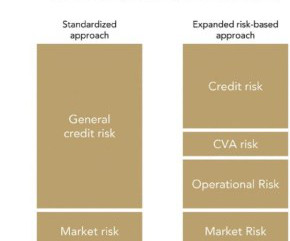MAEjor Ruling: Delaware Court of Chancery Finds Target Suffers Material Adverse Effect and Acquirer Could Back Out of Transaction
Cooley M&A
OCTOBER 29, 2018
In reaching these holdings, the court found that: the target’s business experienced a “dramatic, unexpected and company-specific downturn” shortly after signing due in part to “serious and pervasive data integrity problems” that adversely impacted the target’s regulatory compliance. The Merger Agreement.












Let's personalize your content